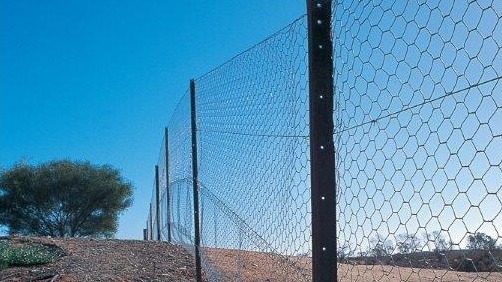
Crown land manager resource
- Home
- Land management
- Dividing fences
Explore this section
Dividing fences
Back to Land management
Action required: EPA investigation into asbestos in mulch
Crown Lands is seeking information from non-council Crown land managers regarding any use of imported mulch on the Crown reserves they manage.
Dividing fences
A dividing fence is a structure that separates neighbouring properties. It will usually be on the common boundary between the two properties. A dividing fence can be made out of a variety of materials, for example bricks, metal or wood. It may also be a ditch, embankment or vegetation (for example, a hedge). It does not include a retaining wall, unless the wall is needed to support and maintain the fence.

Under the Dividing Fences Act 1991, a Crown Land Manager (CLM) is liable to pay half of the reasonable costs associated with the repair or replacement of a dividing fence.
Where a CLM can prove that the land under its management is a public reserve or public park, the CLM may be exempt from paying these costs.
The term ‘public reserve’ is not defined in the Dividing Fences Act 1991. However it has been described in legal proceedings as:
… an unoccupied area of land preserved as an open space or park for public enjoyment, to which the public ordinarily have access as of right.
In addition, the land must not be a source of private profit.
Before a CLM can claim an exemption under the Dividing Fences Act 1991, it should determine whether or not it fulfils the above criteria.
For further information on dividing fences please visit NSW Civil & Administrative Tribunal or contact the department.
Sign up for our eNewsletter to receive updates.
This Crown land manager web resource was printed on 27 Jul 2024. The information contained in this web resource is based on knowledge and understanding at the time of writing Jul 2024. However, because of advances in knowledge, users are reminded of the need to ensure that the information upon which they rely is up to date and to check the currency of the information by referring to the website (www.reservemanager.nsw.gov.au).
© State of New South Wales through Department of Planning, Industry & Environment 2024.
Page link: https://reservemanager.crownland.nsw.gov.au/land-management/dividing-fences
- Home
- Land management
- Dividing fences

